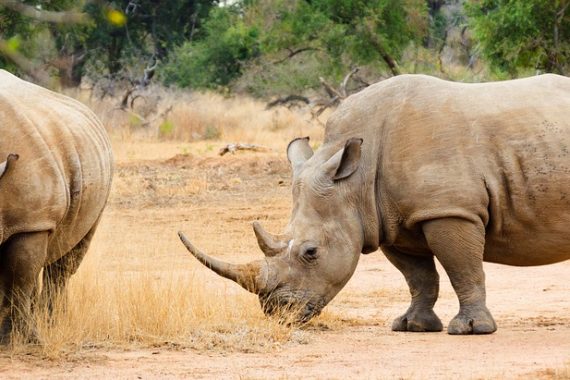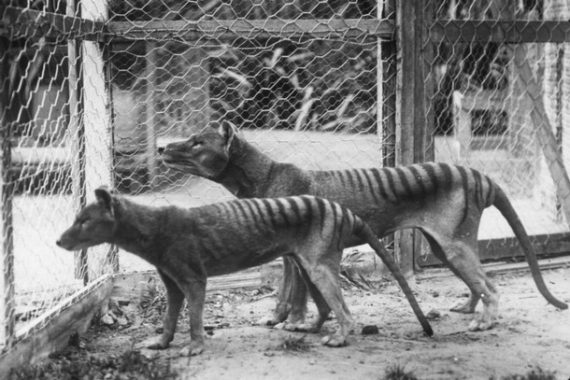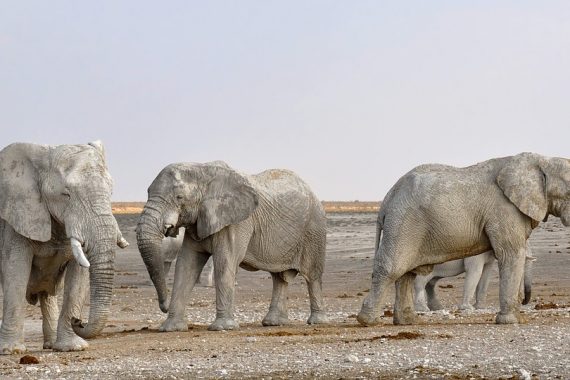
We are under the weather here at All Creatures so this week we went to the vault and pulled out an episode we did in August 2019 for our Patreon supporters. We were slated to do Warthogs, but instead, we will release Meerkat this week and follow it up with Warthog next week.
Meerkats are beloved by many. These small mammals inhabit the southern reaches of Africa and survive in some harsh terrain. They have also evolved some incredible and endearing behaviors. Another amazing species to learn about.

Meerkat Natural History
Meerkats belong to the Family Herpestidae (Mongoose) and their scientific name is Suricata suricatta. Within the mongoose family there are over 34 different species. However, Meerkats are the only species to the genus Suricata. The Mongoose family is also part of Feliformia, which are the cat like carnivores. This includes all species of cats, but also hyenas. mongoose and civits. Not much is known about the evolution of the mongoose family, but they are thought to have evolved first nearly 45 millions years ago. The modern mongoose is through to have evolved nearly over 11.5 million years ago.
Meerkats evolved in the southern tip of Africa or the Cape of Good Hope,where a type of extinct Meerkat, called the Suricata Suricatta major, has been found . The extinct Meerkat was similar to the banded mongoose, with the current theory is that the Meerkat evolved from the banded mongoose. As the weather climate changed in the region, so did the Meerkats ability to survive in drier conditions into the species we know today.

Meerkat Facts
The Meerkat lives about 6-7 years in wild and double that under human care (14 years). A group of Meerkats is called a mob, gang, or clan. While there are no official names for males and females, the dominant female known as a queen.
Meerkats have adapted well to living in the deserts of Africa. They have dark patches around their eyes help cut down on the sun’s glare and long, horizontal pupils give them a wide range of vision without having to actually move their heads. When they dig, a membrane (or third eyelid) covers their eye to protect it from sand and other debris. Meerkats have strong, curved claws used for digging for prey and altering their underground burrows. They have four toes on each foot and long, slender limbs.
Though they are considered carnivores, Meerkats eat more than just meat. Their diet includes lizards, birds, bugs and fruit. They also specialize in scorpions, which would kill a young Meerkat pup if it stung it. So adult Meerkats will chew off the tail of the scorpion before giving it to a younger one.
Meerkats live in burrows, and have more than one system. They rotate which burrows they stay in. Meerkats can stay safe from predators and cool during hot days. One burrow can have as many as 15 entrance and exit holes and can reach up to 6.5 feet (2 meters) deep.
Conservation
Fortunately, Meerkats are listed as Least Concern. However, as with all the species in Africa, habitat loss is a major threat.







